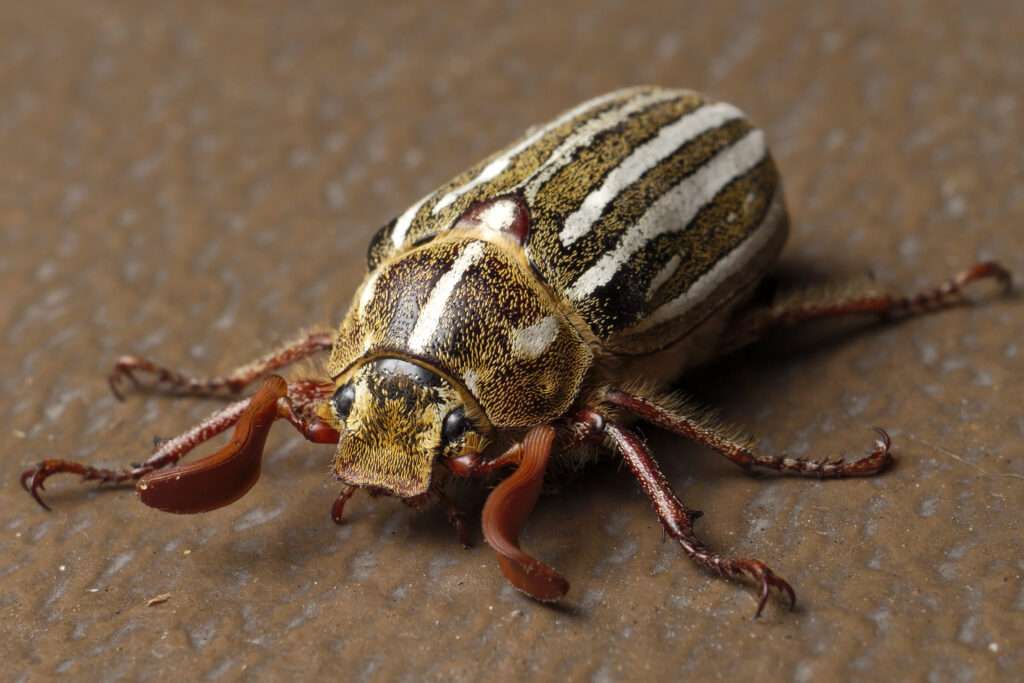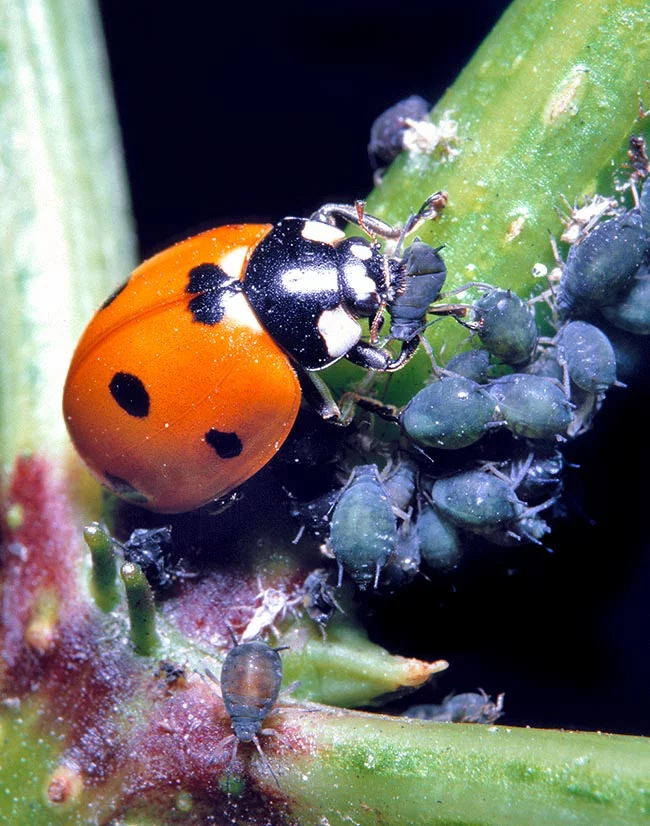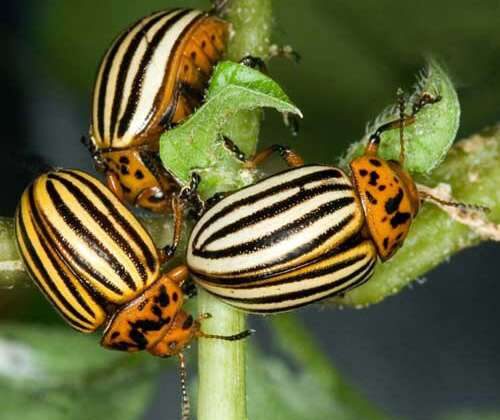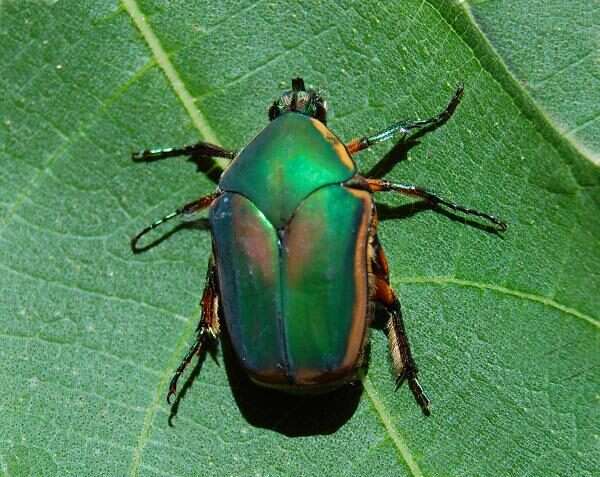
Scarab beetles like these (Polyphylla decemlineata), sometimes referred to as the watermelon beetle, are prevalent throughout western North America. The adults are drawn to light and eat vegetation. When handled or otherwise disturbed, they have a hissing sound that can sound like a bat hissing. Their wings’ downward pressure, which pushes air out from between their wings and back, produces this sound. Their larvae feed on plant roots and can weaken or kill plants, making them an agricultural pest that can harm a variety of crops.
Where can find a ten-lined june beetle?
They can be found all over the northern, western, and Canadian parts of the United States. They have been seen in Kansas, Arizona, California, Nebraska, and Nevada, among other places. They are widely accessible, particularly in Colorado.
What is the habitat of a ten-lined june beetle?
These beetles are found in forests, shrubbery, and agricultural areas. The term “agricultural pests” applies to them. Larvae eat plant roots while they are in the soil.

Reproduction
Because the adults emerge from the earth in the month of June, they are known as “June Beetles.” Female June beetles release pheromones when they emerge from the soil in order to draw in male June beetles.
The female June beetle buries herself in the ground after mating. On the earth, they lay their eggs around 5 to 14 inches (12.7 to 35.6 cm) underground. They lay 60–70 eggs on average. After 2.5 weeks, the grubs emerge from their eggs. The grubs then spend the following two years underground.
Body Appearance
- They grow to relatively high sizes, with some reaching heights of up to 1.5 inches (3 cm).
- The males of this species, like those of other members of the genus, have huge, recognizable antennae made up of numerous lamellate plates that, when threatened, close.
- The antennae are utilized to detect the females’ pheromone emissions.
- The wing covers (elytra) have one short and four long white stripes each. There are brownish hairs covering the underside of the thorax.
Diet
Larvae consume the roots of plants, which can weaken or destroy the plant. Adults consume foliage but do not harm fruit trees financially.
Life Cycle
- Eggs: The eggs are dull, creamy, and oval in shape. They have a length of around 1/16 of an inch.
- Larva: The grub has three pairs of legs, a white body, and a brown head. It can reach a height of two inches. Up to 4 years can pass during the larval stage.
Are they harmful?
The terms “ten-lined June beetle bite” and “ten-lined June beetle poisonous” are frequently used in Google searches for these insects. In reality, they are neither poisonous nor lethal. Farmers and gardeners, on the other hand, consider them dangerous because they can degrade any plant they consume.
Why do they keep pets?
Given their calm nature and low maintenance requirements, beetles make excellent pets. A sizable population keeps beetles of various varieties as pets.
Table





